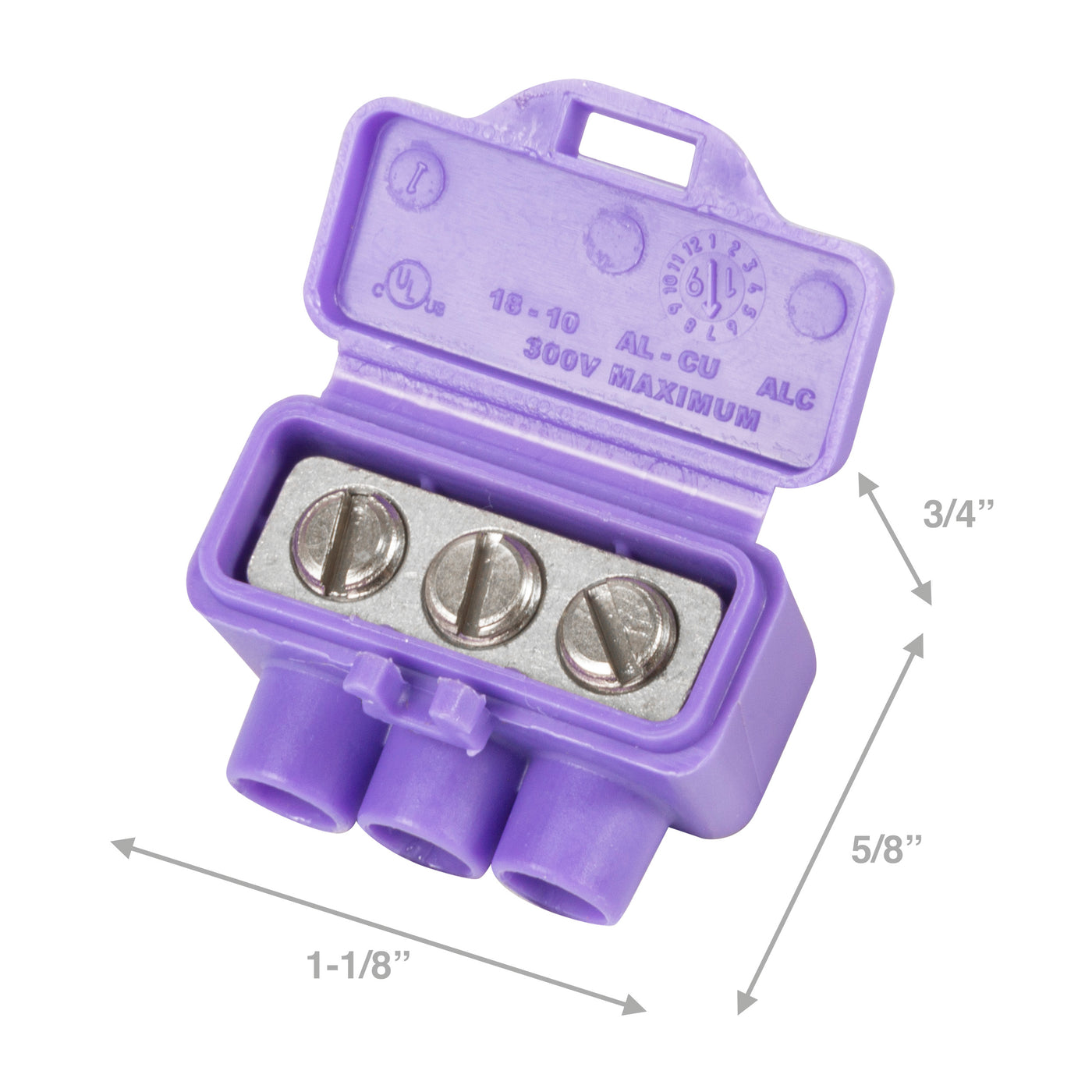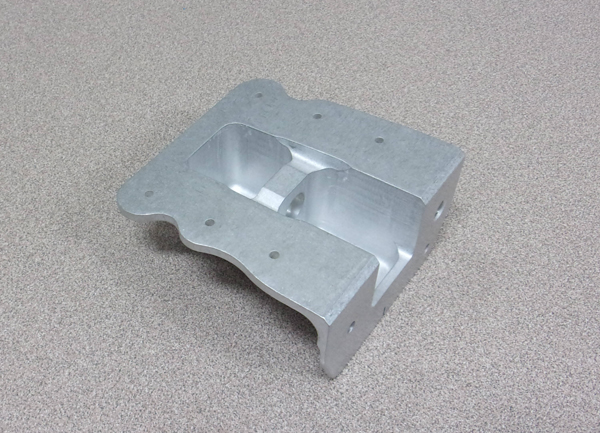

#Alumiconn code#
However your local building code may have stipulations - mine is fine with correctly rated outlets. For outlets you can pigtail or just connect an Al/Cu rated outlet. This is probably the best solution for lights and other "non" outlets. Your electrician would just go to every outlet and pigtail the aluminum with a short copper strand using a Al/Cu Wire Connector (these are usually purple for identification). Pigtailing aluminum is perfectly acceptable. This does cause the wire to eventually overheat at contact and expand/contract so many times that it becomes brittle and can short. This usually means that contractors using outlets or devices that are not rated for aluminum. In fact it is perfectly safe and there has been studies showing that the only increased chance of fire is produced with an improper installation. You could also use educational resources to learn about wiring pigtails for future projects.Aluminum wiring is not the fire hazard people would have you think it is. On top of all that, AlumiConn lugs are UL listed products so you can ensure that these products are safe to use.Īlthough the AlumiConn connectors are quite simple to install, it is recommended that you first consult with your local electrician before you take on the project yourself. Due to its simple installation process and its low cost to repair aluminum wiring, this is by far the most cost-effective way to address your building’s wiring problems. Another benefit is its resistance to rust, for longer lasting connections. They are also flexible as they can be used for aluminum to copper, aluminum to aluminum, and copper to copper connections. The AlumiConn lug uses compression screws and can feature up to three ports, making wiring pigtails an easier process. It can be installed by anybody with common electrical knowledge. The AlumiConn lug would only cost you as low as $2.70 per connection. Although cheap, the COPALUM Crimp is a difficult option for people outside of COPALUM’s service area. These technicians may not be readily available based on where you live. One key disadvantage of the COPALUM crimp is that it can only be installed by a certified COPALUM technician. The COPALUM Crimp will cost between $12-$15 per wire.
Although your wiring problems would surely be fixed, it is not the most practical solution for most people. The rewiring project could cost you $15,000 for a 2,100 square foot home.

Add in another $1,000-$2,000 worth of copper along with the cost of a permit from your local government. If a new electrical panel is required, that could cost anywhere between $1,000-$3,000. While this is the most in-depth fix to a wiring issue, the cost for an electrician to rewire your home can run between $200-$500 per receptacle and switch depending on the region you live in. The problem is that aluminum wire failures happen slowly over an extended period of time, so it’s easy to miss the signs that issues are occurring.Īccording to the CPSC, rewiring your entire home or building would be the most thorough and permanent solution. Here are warning signals that indicate that you could have wiring problems. For this reason, many homes have already replaced their "AL" wires with copper wires. The overheating of your wiring could eventually lead to an electrical fire. As you continue to add appliances and electronics to your home, you exponentially increase the chance for your aluminum wiring to overheat. This means that more aluminum is required to support the same electricity as copper wiring. The danger of aluminum material is that it is less conductive than copper.


 0 kommentar(er)
0 kommentar(er)
